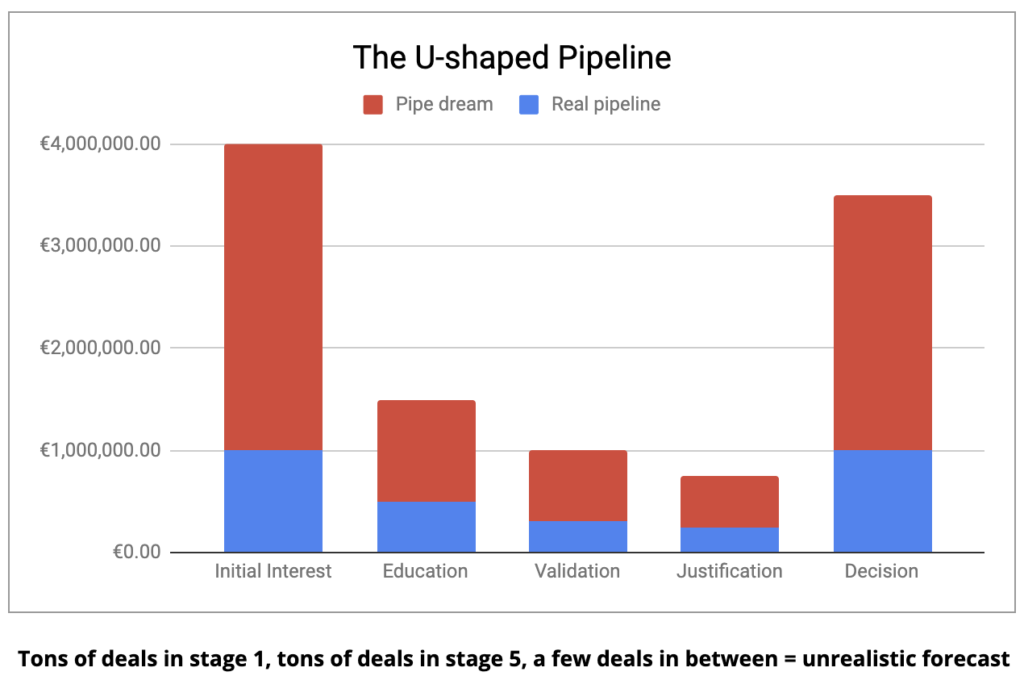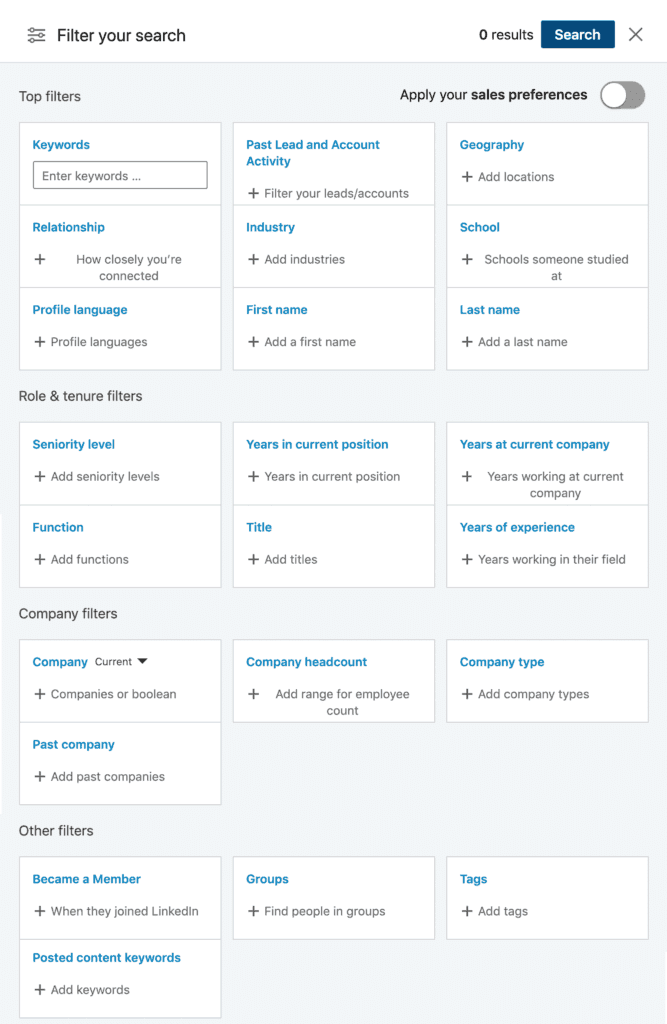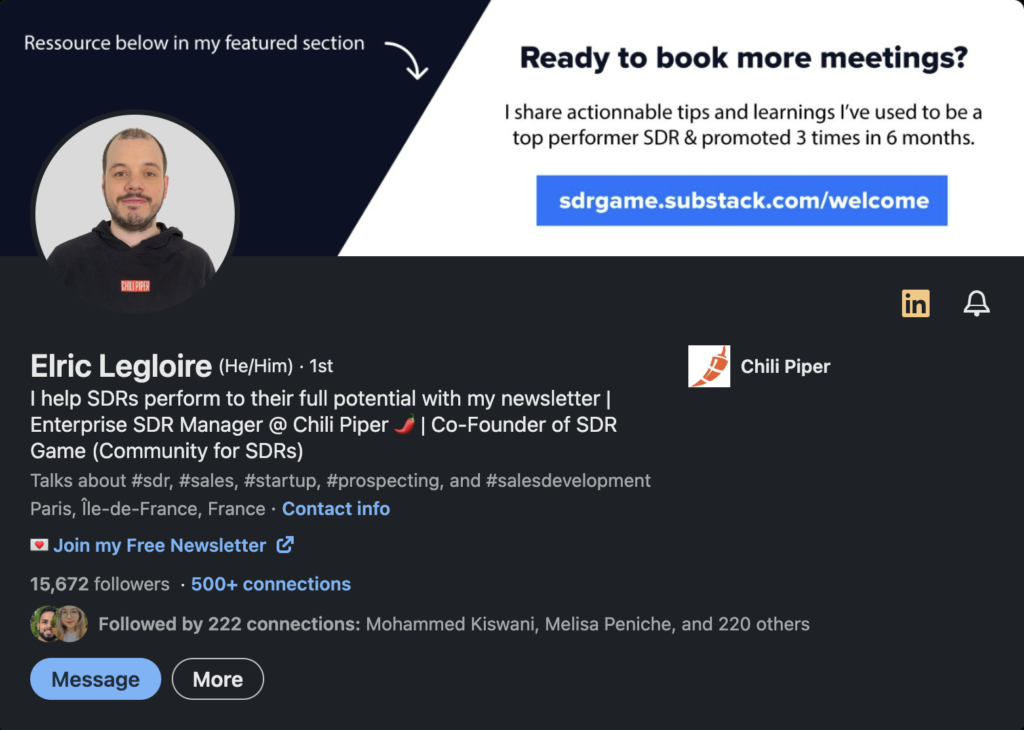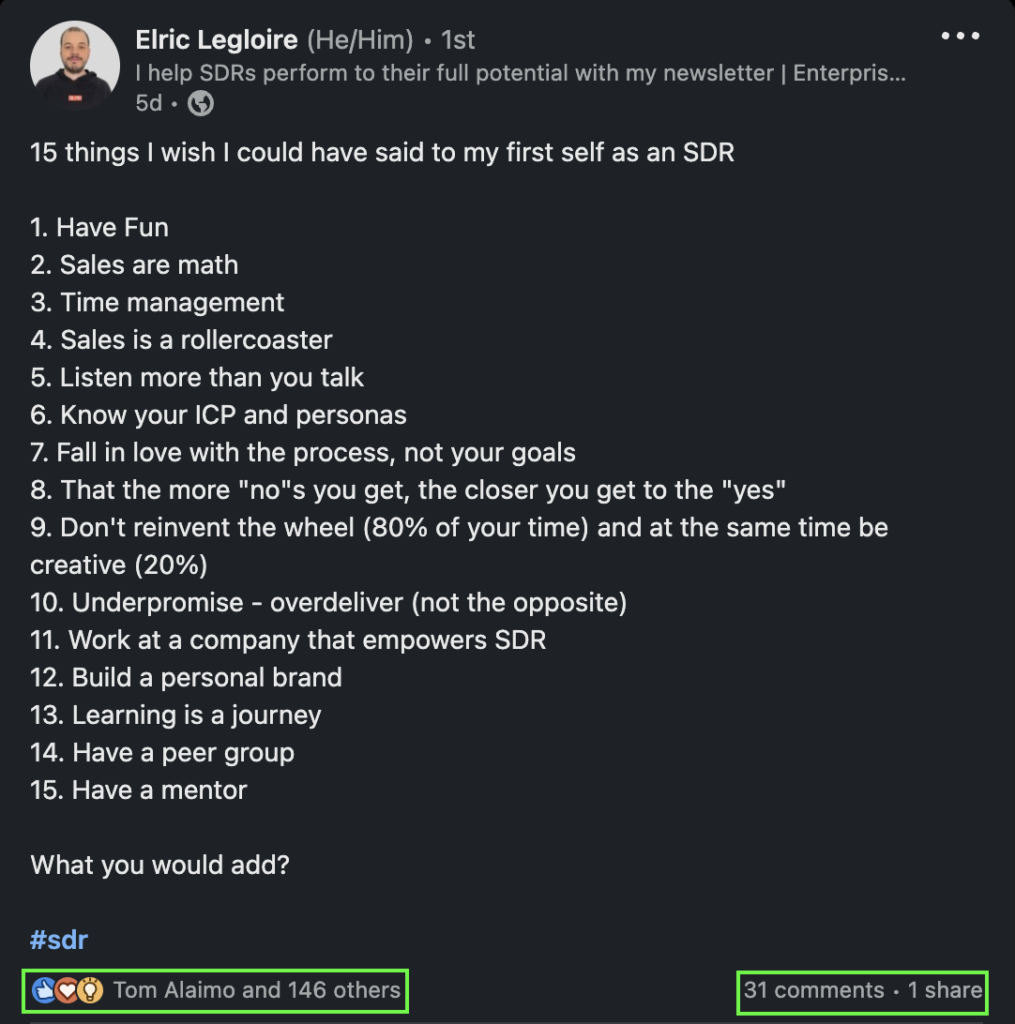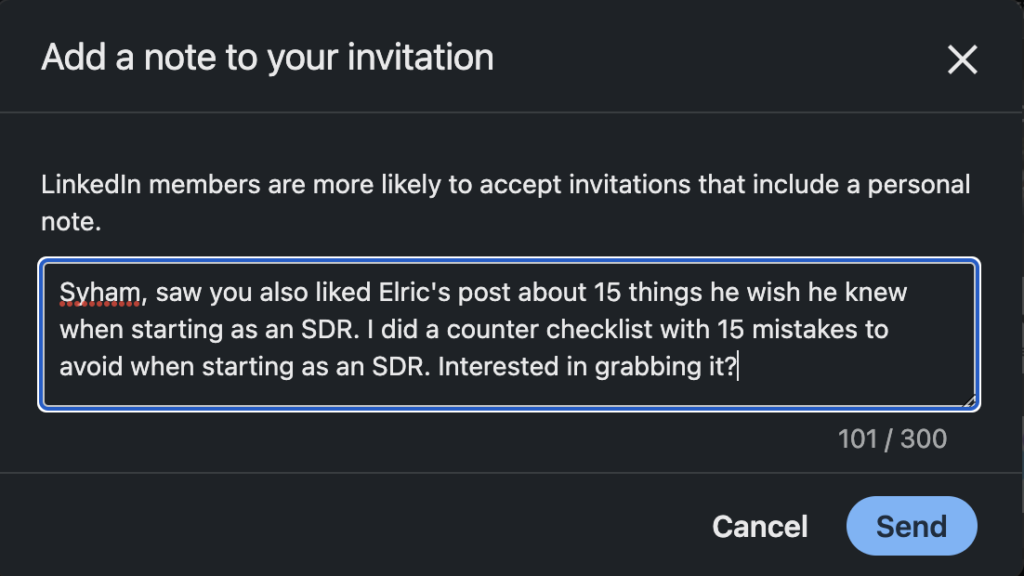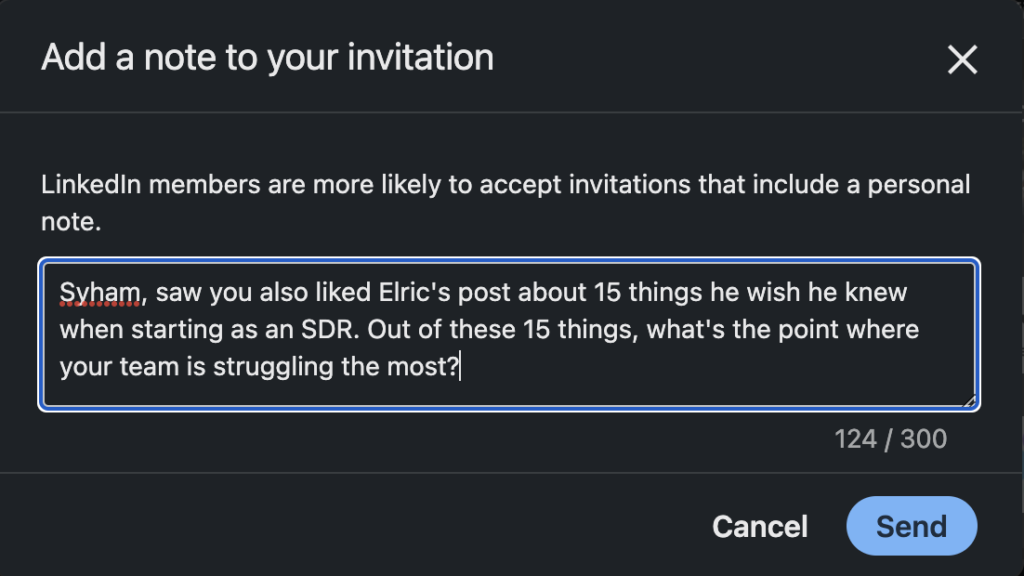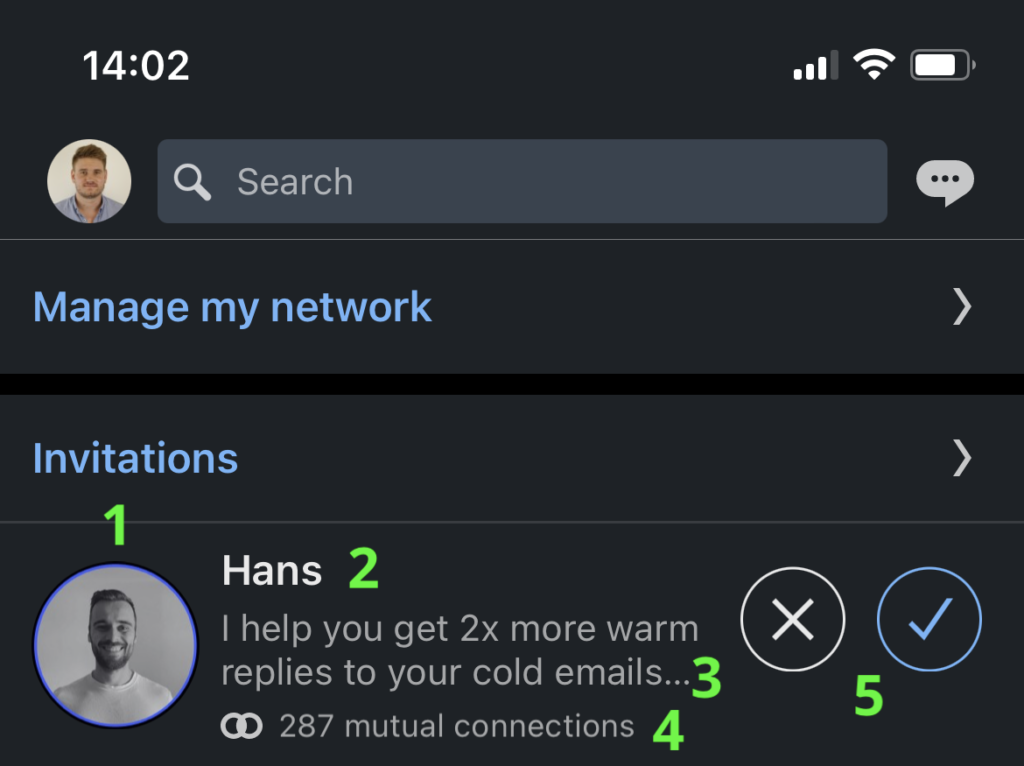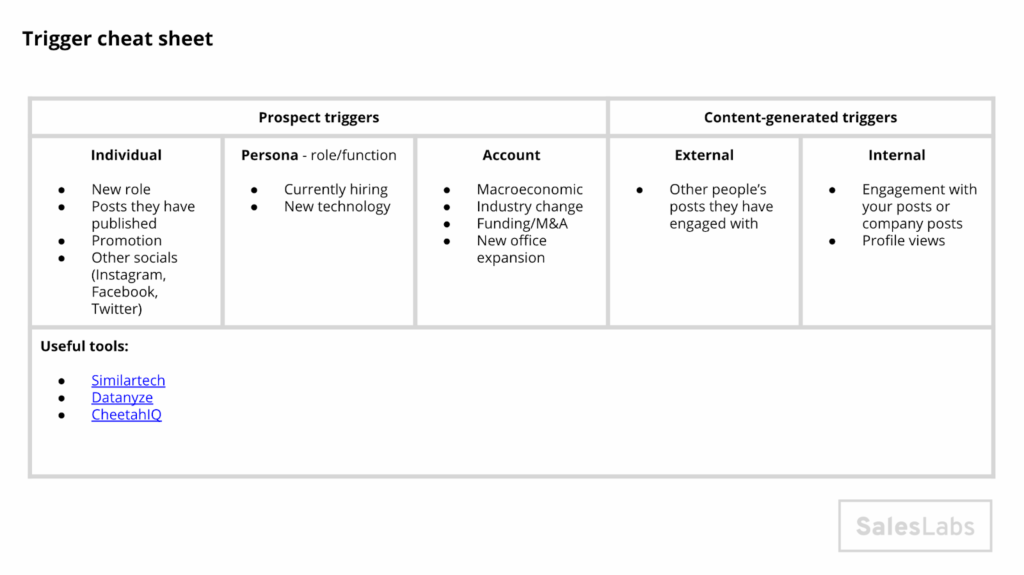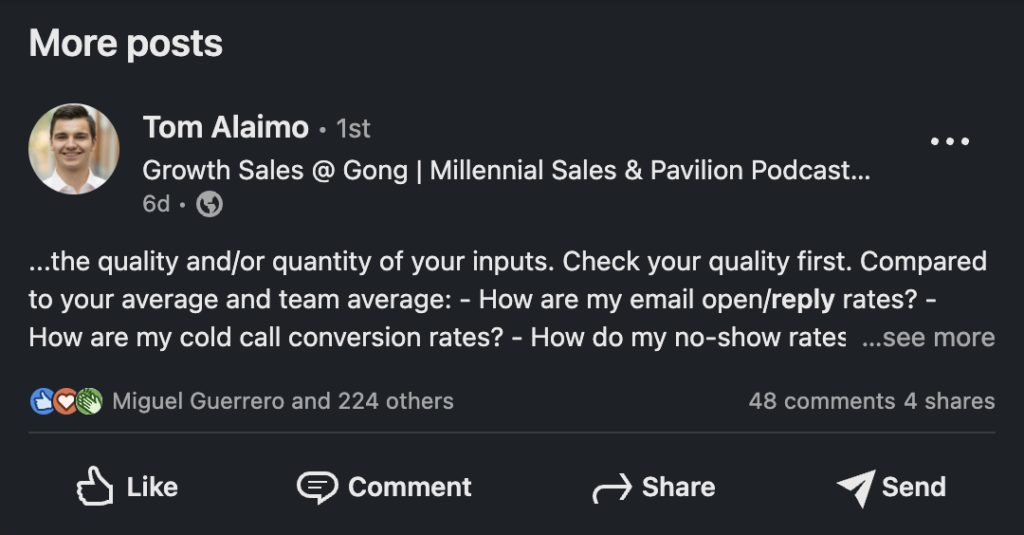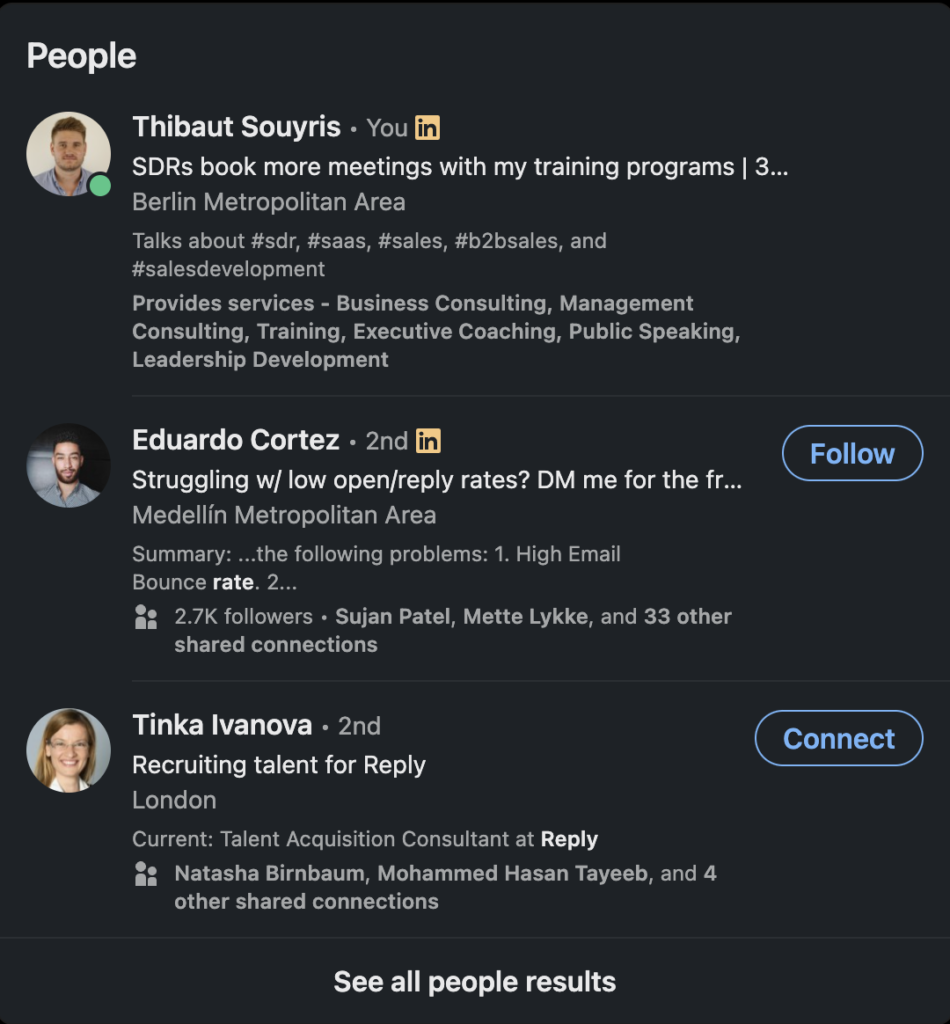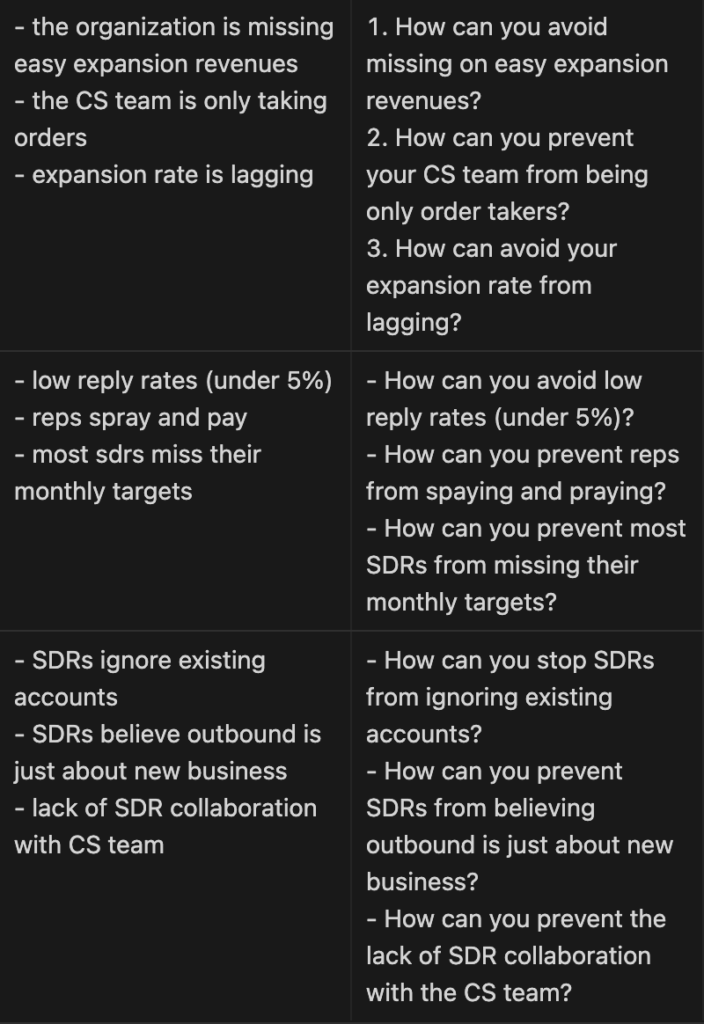What I learned from the last sales job I ever had
A few years ago, I started a new job as an Account Executive for a fancy tech-startup. At the time, I thought this job would be the ultimate opportunity to grow a market from scratch, build a team, and move my sales career towards management.
I was so wrong.
I ended up quitting after 5 months, with only one deal closed. It was a costly mistake for the company, and it lead to a few key realizations about what I wanted to do with my life.
Here are 4 lessons from the last sales job I ever had:
Lesson #1: When you change jobs, your pipeline resets to zero
When I started this new job, I left a well-paid position, where I was managing a team of Account Executives, while closing my own opportunities. I saw no possibility of progression in this company, which led me to switch jobs.
I completely forgot that switching jobs meant starting with an empty pipeline.
I also realized I was the new kid on the block for my colleagues, and all my previous achievements meant nothing to them.
Lesson #2: Even if you’re promised a ton of inbound leads, you’re on your own
This one will sound familiar if you recently joined a new company. While I was interviewing for the job, I was promised a dedicated SDR working with me, and a ton of inbound leads I would only need to pick and close.
A few weeks into the job and reality kicked in. My SDR (he was amazing) was so good that other AEs started asking to have him book meetings for them too. The sea of inbound leads was non-existent, and my marketing colleagues only knew how to run events, not how to generate leads.
I quickly understood I would need to source my own opportunities, which meant prospecting daily.
This is when I realized that being in sales, you need to prospect on your own. You’ll sometimes get help, but you can only rely on yourself to generate a steady flow of opportunities.
Lesson #3: Founders are often better at raising money than closing deals
During one of my business trips, the founder of the company was in Paris, and he asked to join a couple of customer meetings.
I was very happy to have him on board, (didn’t feel like I had a choice anyways), but I told him it would be challenging for him to communicate as most French customers’s English level was pretty weak.
He told me this wouldn’t be a problem, as he would only stay in the background and listen.
He did exactly that for most meetings, sitting in the meeting room, typing on his computer, oblivious to our conversations.
That was awkward…
But the worse happened when one prospect asked him about why he created the company. He immediately stopped typing on his computer, pulled out his investor deck, and started reciting his VC presentation.
We spent 15 minutes listening to how his company would change the world, how their tech was better than their competitors’, and the grandiose plans they had for the market.
Needless to say, we didn’t close the deal.
Lesson #4: Being product-obsessed is the best way to lose deals to your competition
I remember how obsessed the founding team was about us knowing the product in and out. It was a technical solution, quite well designed, but clearly too complicated to sell without a solution engineer.
The onboarding bootcamp lasted 2 weeks, in which we spent 99% of our time learning the subtleties of the product, why it was so much better than our competitors, and what were the use cases we should sell.
Our management was obsessed with us “conveying the value of the product”, selling the features, and playing catch-up with the competition. I ended-up losing most deals to my competitors (who had a better buy/sales process), and feeling extremely frustrated because I didn’t have the freedom to sell how I wanted to.
To conclude
A few weeks before handing in my resignation, I was in a very bad place. I was disillusioned and felt like I had made a terrible decision. I left at the end of September 2018 to be on my own, and I learned a ton going through this experience.
So keep in mind:
When you change jobs, your pipeline resets to zero
Even if you’re promised a ton of inbound leads, you’re on your own
Founders are often better at raising money than closing deals
Being product-obsessed is the best way to lose all deals to your competition
I hope this helps!
- Build your outbound prospecting system from scratch here (200+ students)
- (NEW!) Write cold messages that get a 38% reply rate and 27% meeting rate here (20+)
- Book me 1:1 or for your team here
- (NEW!) Sponsor my newsletter & get 3k+ eyeballs on your ad!
Subscribe to the Newsletter
Get my free, 4 min weekly newsletter. Used by 5.900+ salespeople to book more meetings and work when, where, and how they want.
Subscribe to the Newsletter
Get my free, 4 min weekly newsletter. Used by 5.900+ salespeople to book more meetings and work when, where, and how they want.



